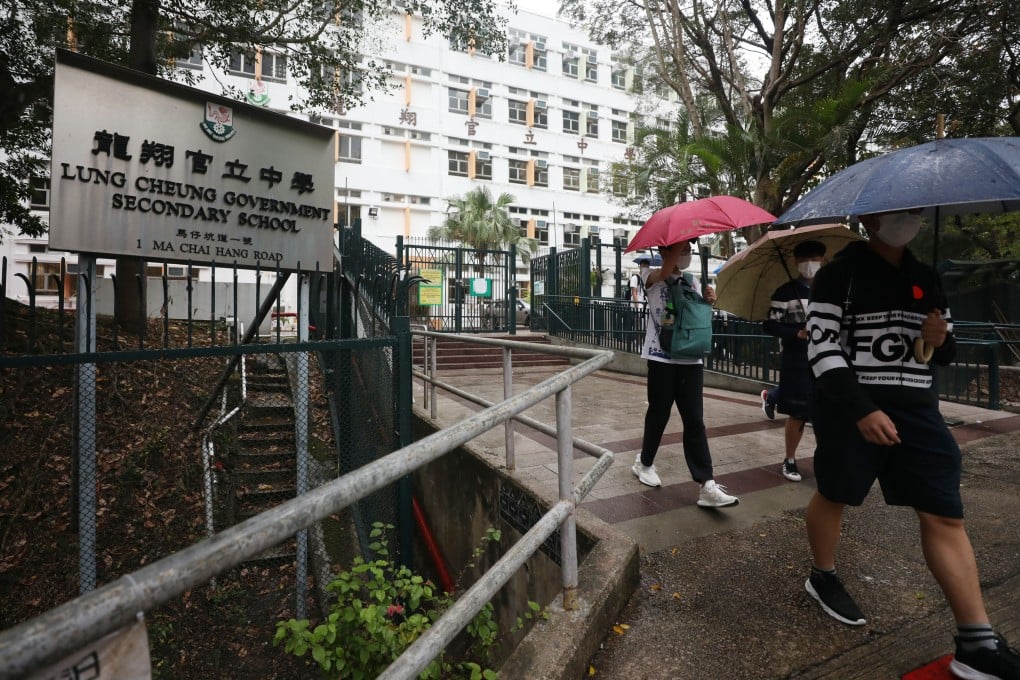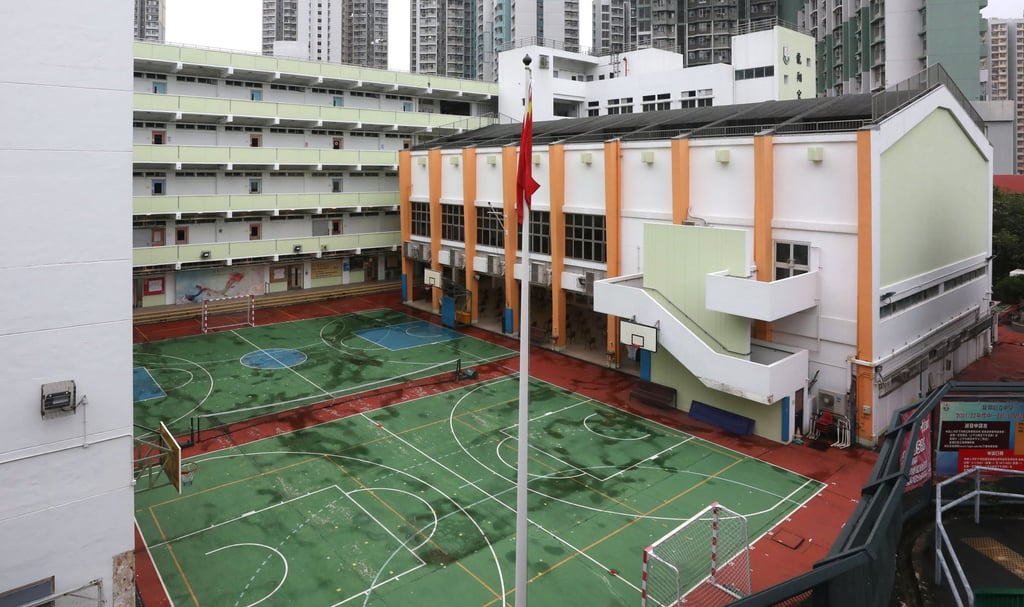2 public schools to start on multi-year merger amid decline in Hong Kong’s student population
- The Education Bureau says it hopes the merger will serve as an ‘example’ to other schools with shrinking enrolment
- Hong Kong’s student population is projected to decline significantly in the coming years due to both emigration and structural demographic changes

Two government schools will embark on a multi-year merger starting in 2022 as authorities seek to consolidate campuses amid a decline in Hong Kong’s student population.
The Education Bureau on Tuesday said the 51-year-old Lung Cheung Government Secondary School (LCGSS) in Wong Tai Sin will be folded into the 60-year-old Kowloon Technical School (KTS) in Sham Shui Po over three years.
The bureau chalked up the merger to the structural decline in the city’s secondary school-age population and the fact that there were not enough students in Wong Tai Sin to occupy all the available classroom spaces.
The decision took into account the “overall development needs of government schools and utilisation of government resources”, a bureau spokesman said.

According to recently released government figures, the number of six-year-olds in Hong Kong is projected to fall by 14.5 per cent, to some 50,000, between next year and 2029. The number of 12-year-olds is expected to drop by roughly 5 per cent, to 60,100, over the same period.